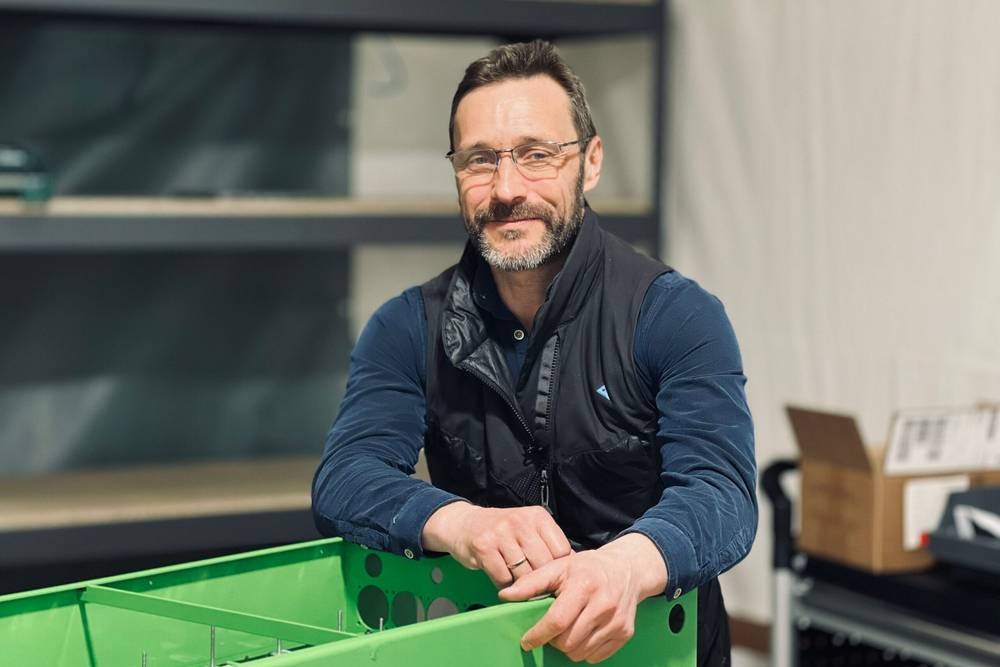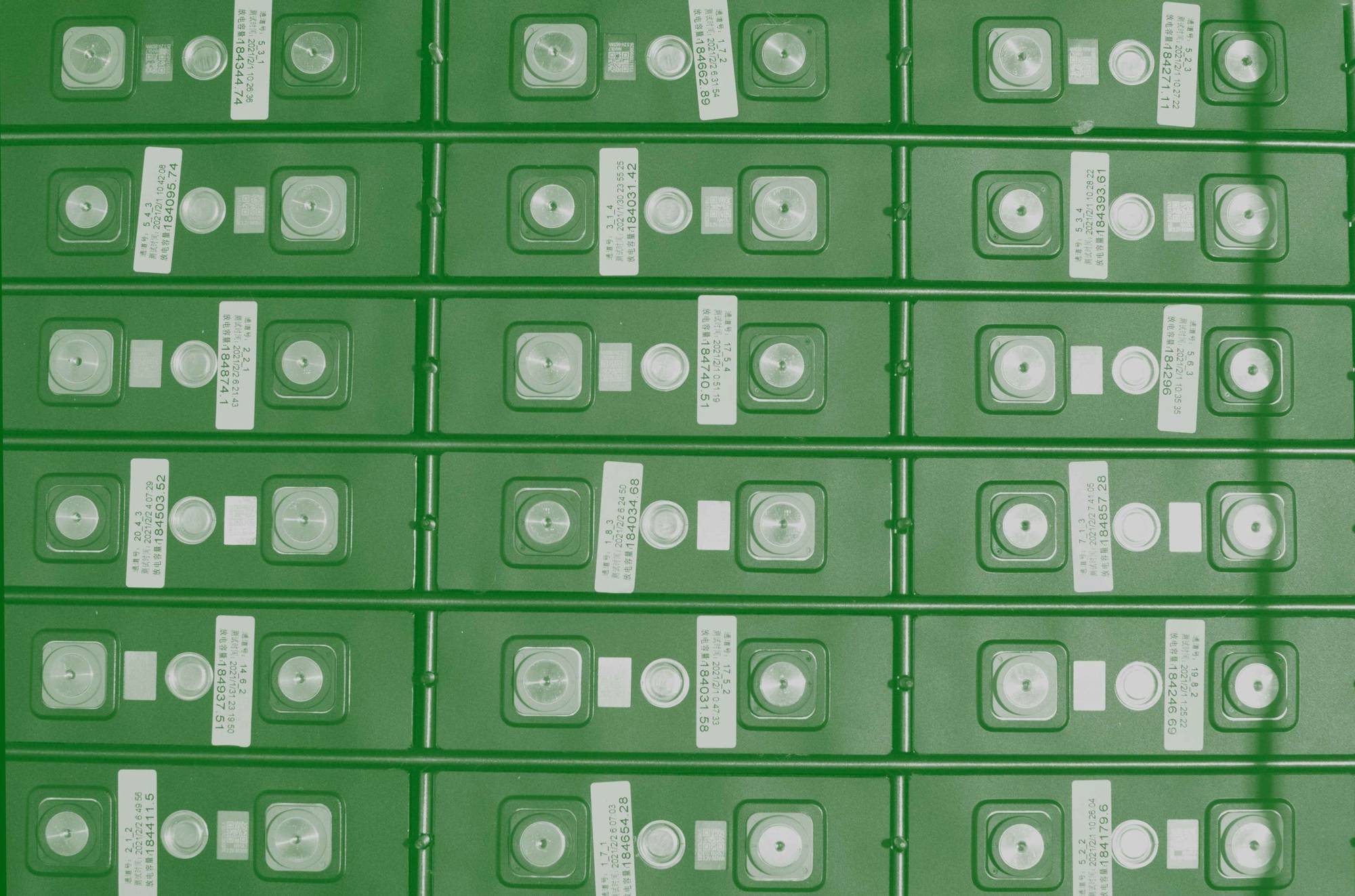
Hagal to establish battery centre in Hokksund
4/25/2022
With the right technology, B-quality battery cells can be brought to life and used safely as cost-effective reliable energy storage. Kent Thoresen, Hagal’s founder and Chief Innovation Officer, encourages battery manufacturers to explore new and innovative ways of reducing their cell scrap rate and maximizing the productive output.
8/3/2021
–In conventional battery systems, cells must be within a narrow functional window and uniform, as the worst cell determines the overall condition of the system. About 20% of today’s battery cell production results in B-quality cells which do not have the quality required by contract manufacturers. These cells are often sent directly to scrap. Hagal and Rebel gives manufacturers a more sustainable alternative – bringing the cells to life in much needed energy applications, Thoresen explains.
Advanced diagnostics on each cell
–Hagal’s Rebel system is a unique diagnostic technology used for the health classification of each battery cell. It monitors and controls each cell individually, thus removing the obstacle of uniform cell health. This enables the reuse of old cells and the use of B-quality cells, reducing total system costs by up to one-third, says Thoresen.
The monitoring, gathering and application of data on individual cells is a unique capability that gives valuable insights into how battery cells develop over time and how they can best be utilised.
–Hagal enables cost-effective industrial scale use of B-quality cells. They can be used in green energy storage solutions, wind and solar energy, construction sites, charging stations and other green stationary transformation projects. Projects that need a long life, cheap and safe storage, with very low operational energy losses.
A more optimal circular economy
The Hagal CINO emphasizes the importance of enabling smart use of B-quality cells to reduce the global greenhouse emissions and the cell manufacturers’ economic losses. With this comes reduced battery costs, further electrification and a more optimal circular economy.
–We encourage cell manufacturers to get in touch with Hagal to discuss opportunities for collaboration and establish a joint effort to reduce their cell scrap rate.
You may also like
